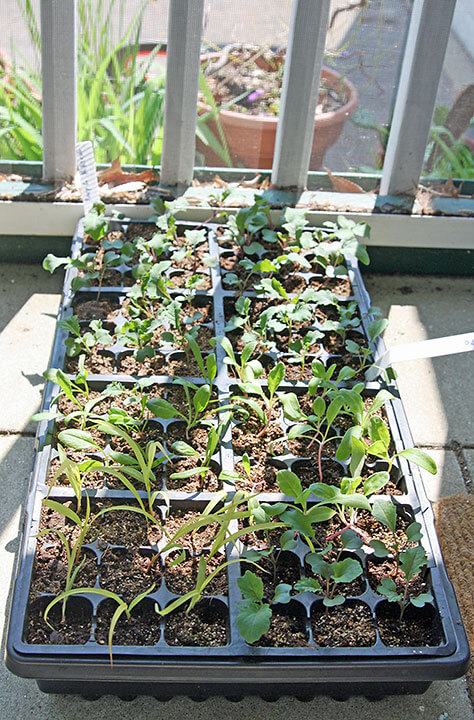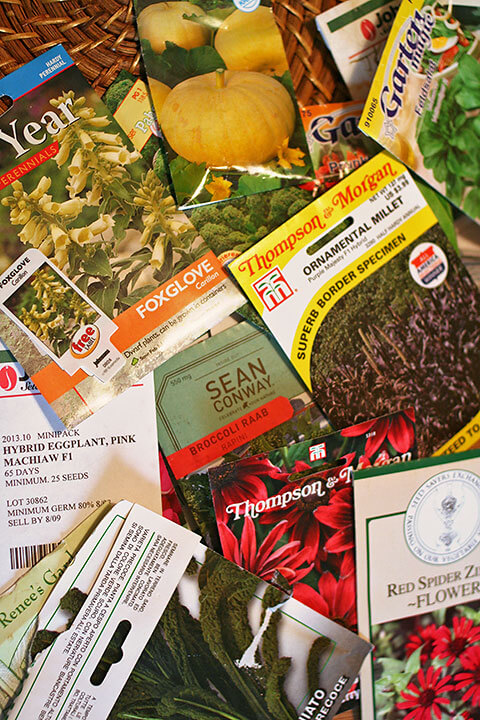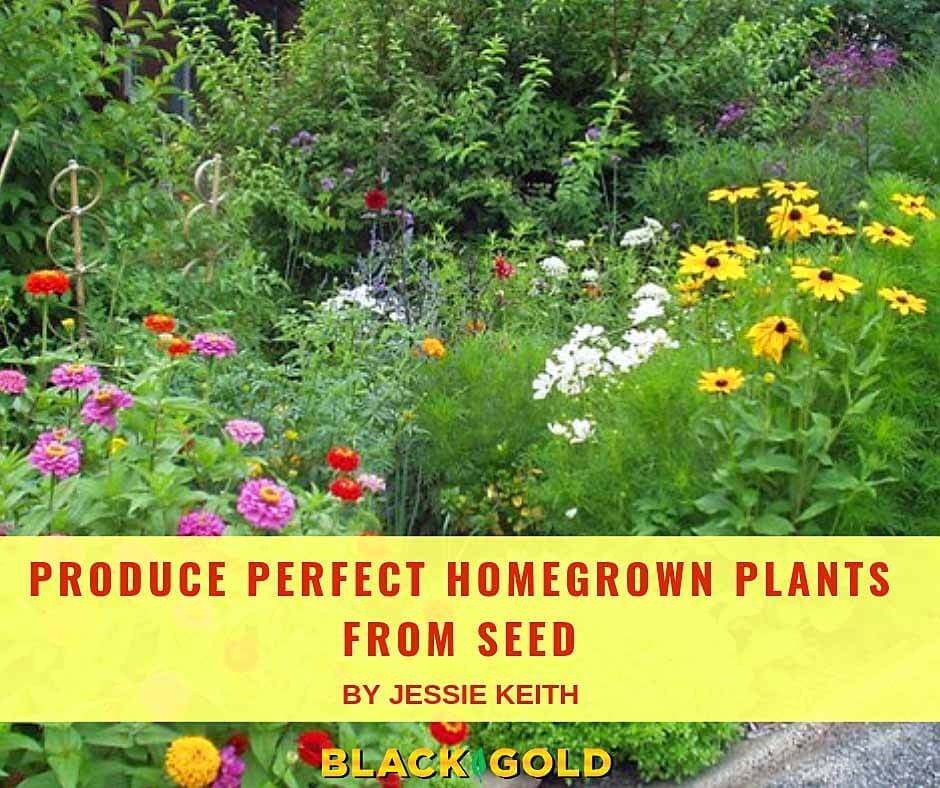
The seed-starting season is upon us. Soon loads of colorful and alluring seed catalogs will be populating mailboxes (and inboxes) nationwide. Raising plants from seed has huge benefits. One can grow unique varieties not found in garden centers for less money, and it’s fun. The process takes fortitude and patience. But, if you do everything right, your plants should be as robust as nursery-grown stock.
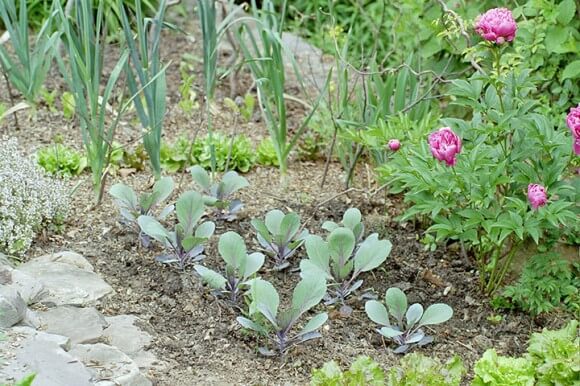
The key to happy seedlings is maintaining the right balance of light, temperature, soil, nutrition, and water, it’s just a matter of getting the balance right. Truth-be-told, most new seed growers fail one or more growing steps (often poor light or improper water) and produce leggy, pale, weak plantlets rather than stout, multi-stemmed, green ones. This matters because weak seedlings have a higher mortality rate and are slow to establish, while robust seedlings look better, fill out faster, and yield more flowers and fruits sooner.
Light
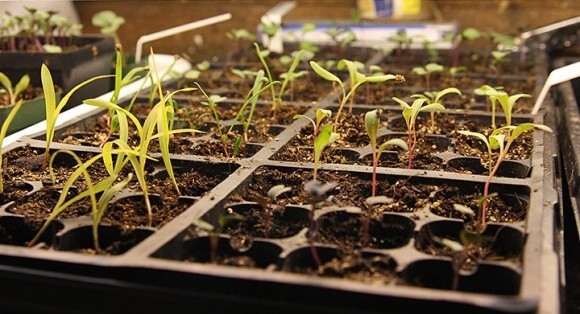
Good light is essential for seed starting because too little causes seedling etiolation (long, spindly, pale growth), while too much can cause leaf burn. Gardeners lacking a sunny conservatory or greenhouse should choose the next best thing, a light table. And for high-grade seedlings refrain from window-growing; even south-facing-window-light is rarely uniform or strong enough for robust growth. A growing table fitted with broad-spectrum shop lights will do a much better job.
Here are four growing table “dos” to abide by:
1. Do choose the right location and table.
A warm, sunny room is ideal. Prefabricated grow tables (sold by many seed vendors) are handy but expensive. Standard 4-level utility shelves (sold at home improvement centers) fitted with shop lights are just as effective and much cheaper.
2. Do choose the right fixture and bulbs.
Standard 48-inch shop lights fitted with high-intensity fluorescent bulbs are the best, most cost-effective choice. Choose fluorescent bulbs that are specially designed for plant growing and cover much of the light spectrum. In general, fluorescent bulbs are not very strong, so they must be placed just inches above plants for best light reception and growth.
3. Do place your seeds and seedlings the right distance from the light.
Pots and seedlings should be kept 2-to-3-inches from fluorescent bulbs. The light fixtures should be hung from chains for easy height adjustment.
4. Do acclimate sun-loving seedlings to natural light before outdoor planting.
Sunlight is stronger than artificial light and can burn tender seedlings. Over seven to ten days, slowly move seedlings from indirect outdoor light to full exposure—increasing exposure every couple of days.
How to Plant Seeds
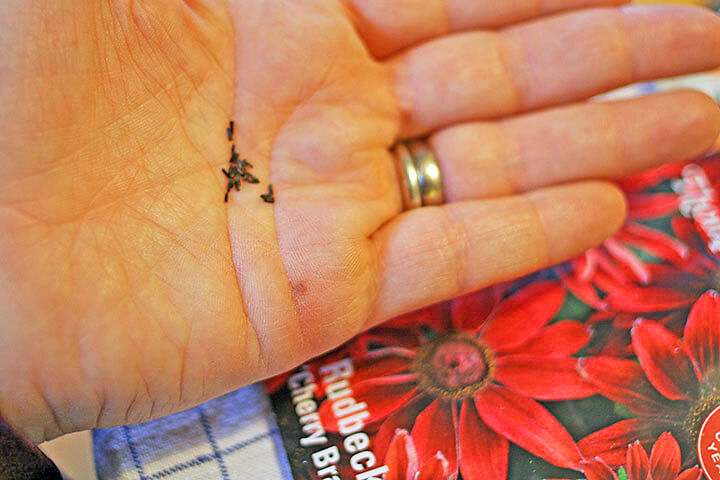
Containers and growing medium are the planting essentials. Standard six-cell, six-pack growing flats with non-draining trays are perfect for most seedlings, and Black Gold Seedling Mix, with its blend of high-grade Canadian Sphagnum peat moss and perlite, is the best choice for seeds and seedlings. Our mix is also easily wetted and uniformly fine for light seed coverage. Light coverage is essential because most seeds naturally germinate on or close to the soil’s surface, so when planting seeds, stick to the mantra “lighter coverage for lighter seeds and greater coverage for greater seeds.” Dust-like seeds can simply be sprinkled on the top of the medium, and large seeds rarely need to be planted deeper than 1/2 inch—despite what some seed-starting guides advise. Seeds can also be lightly covered with fine perlite or vermiculite instead of mix. Coverage with either can reduce damping off, a common fungal disease of seedlings that causes wilting and death. Using fresh mix and sterilizing planting containers will also reduce damping-off (click here to learn how).
Temperature
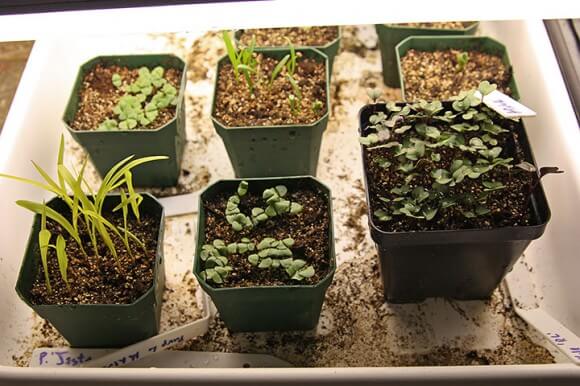
Optimal temperature needs vary from seed to seed and plant to plant. Some like it cool and others like it warm, but most thrive at room temperature (68 degrees Fahrenheit). Warm-season plants, like tomatoes, peppers, and zinnias, germinate and grow faster with warmer temperatures. Seedling heat mats, which are commonly available at garden centers, will hasten germination and growth for these and other summer growers.
Watering
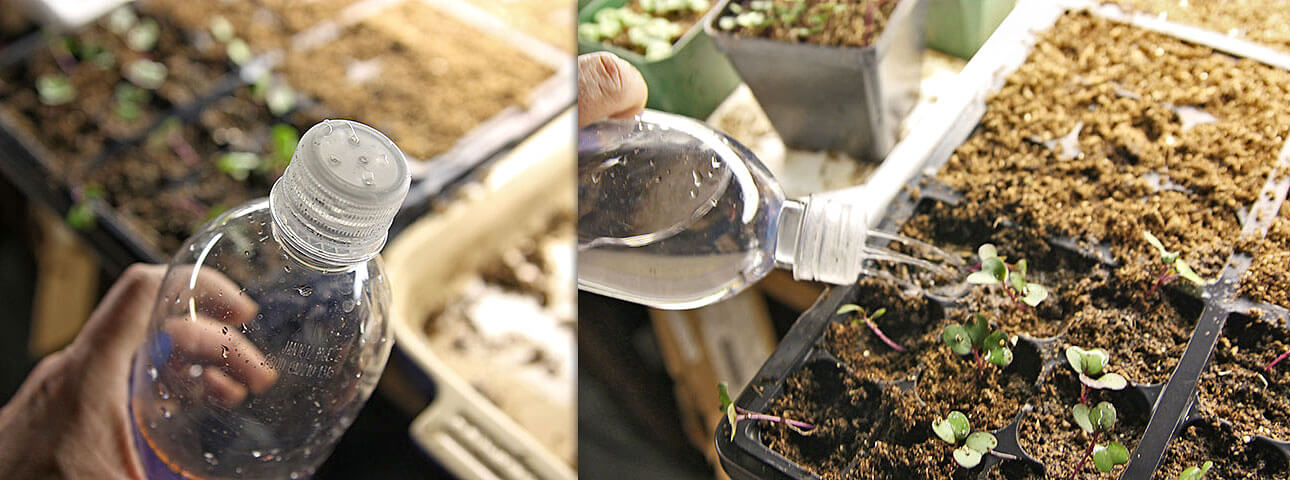
Good watering technique will make or break growing success. The key is remembering that overwatering is worse than underwatering. Too much water encourages fungal disease and root and stem rot and invites pests, like fungus gnats, whose larvae feed on seedlings, and shore flies, whose excrement damages seedlings. Once these problems are established, they are hard to get rid of. (Click here to watch a video about fungus gnats.)
To avoid overwatering seeds and seedlings: (1) water gently and (2) water until the mix is moist then allow it to dry slightly before watering again. These two steps are most important before and right after seeds germinate because seeds and seedlings use less water and are easily drowned. A plastic water bottle with five holes poked into top makes a great gentle seed and seedling waterer (see photo). Bottom watering with a self-watering capillary mat is also recommended. Just be sure that no standing water remains at the tray base at any time.
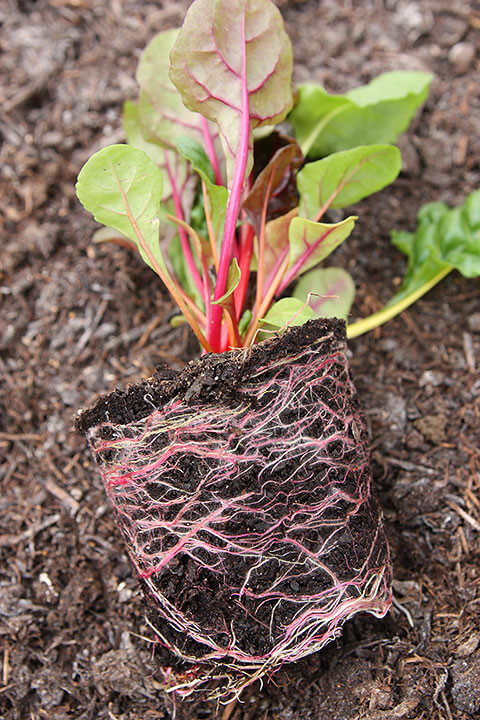
Once plants develop multiple leaves, more water can be applied. The amount ultimately depends on how quickly plants are growing and using water. It’s wise to check fast-growing seedlings twice daily to assess their water needs. If you think you may be watering too much, err on the side of less water. Slight wilting is better than rot and ruin.
Nutrition
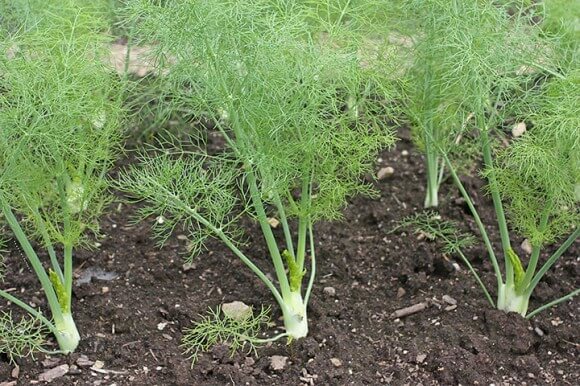
Nutrition is not a factor until plants develop their “true leaves” (sometimes called their second leaves). In fact, fertilizer can actually inhibit seed germination and burn new seedlings, which is why good seed-starting mixes are always fertilizer free. Once seedlings have reached two inches or so, a feather-light sprinkle of starter & transplant fertilizer will keep them pot-healthy until planting day.
Harding Off
When the threat of frost has passed, incrementally introduce your flats of plantlets to the great outdoors. Incremental exposure allows tender plants to healthfully acclimate to the high light, wind and temperature changes of the garden. Start by placing them in a protected location with diffuse light and slowly move them into a more open spot with higher light. After seven to ten days your plants should be garden-ready, and if you follow this guide they should look like those grown by the pros!
